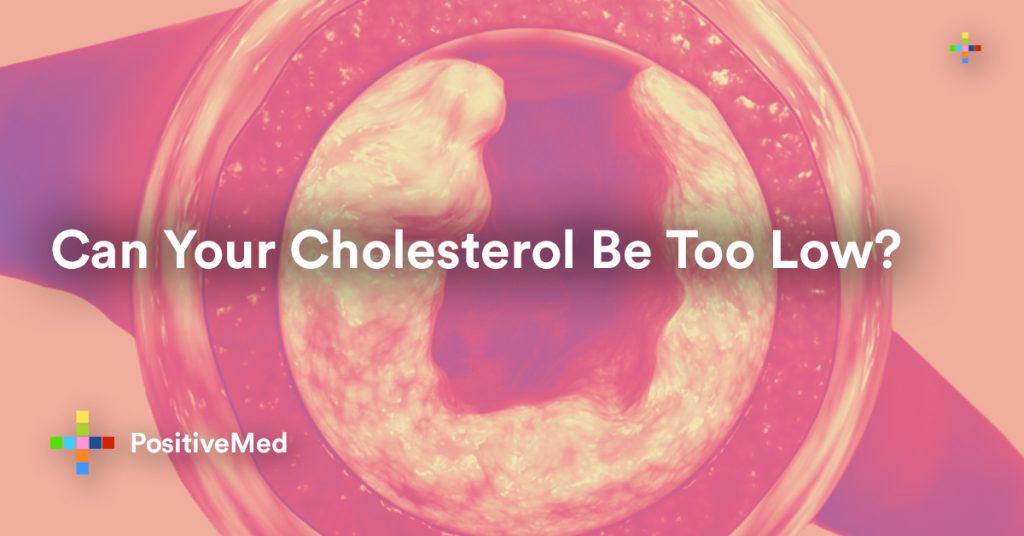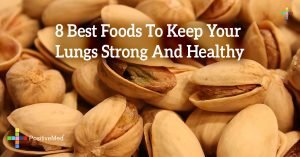Cholesterol is an oil-based substance found in every cell of the body. It enables human life through four functions: contribute to the structure of cell walls, create digestive bile acid in the intestines, produce vitamin D, and enable the body to make hormones.
But it can also do more harm than good. A high low-density lipoprotein (LDL) cholesterol level can cause a heart attack or stroke because it produces plaque, which can block the arteries.
Ideally, the body should have a high high-density lipoprotein (HDL) cholesterol level. HDL sends excess LDL cholesterol to the liver to remove it from the system. But it can also drop, triggering anxiety, cancer, depression, hemorrhagic stroke, and preterm birth and low birth weight.

Causes of low cholesterol
The optimal level of cholesterol is less than 200 milligrams per deciliter (mg/dL). HDL should be 60 mg/dL and above for a normal reading. If it’s less than 40 mg/dL, it can trigger hypocholesterolemia or low HDL, which is caused by the following medical conditions.
Abetalipoproteinemia
This disorder disrupts the body’s ability to absorb fat and vitamins from the diet. It lowers the amount of cholesterol and triglycerides absorbed by the body. Lipoproteins is a type of fat that carries cholesterol.
Abetalipoproteinemiacan also cause fatty liver, damaging the organ where cholesterol is produced.
Familial hypobetalipoproteinemia
Like abetalipoproteinemia, familial hypobetalipoproteinemia prevents the body from absorbing and transporting fat properly.
Its symptoms vary in severity. Some people may not show signs and symptoms of the condition. Others who have fatty liver or hepatic steatosis may see their condition progress to chronic liver disease.
Liver disease
The liver produces and manages cholesterol . It should be protected at all times from various diseases caused by viruses, lifestyle, and family. Its symptoms include swelling of the abdomen and legs, bruising, color change in stool and urine, and yellowing of the skin and eyes, also known as jaundice.
Primary biliary cholangitis
This is an autoimmune disease that slowly destroys bile ducts in the liver. Bile is a fluid that aids digestion and removes cholesterol, toxins and worn-out red blood cells. It can back up in the liver and permanently scar the liver tissue, called cirrhosis.
Optimal level of cholesterol in the body
Harvard Health discovered the following food to be effective in actively decreasing cholesterol level: barley and whole grains, beans, eggplant and okra, fatty fish, fiber-rich food, fruits, nuts, soy and soy-based food, and vegetable oil.
Regular exercise and maintaining a healthy weight can also lower cholesterol level. A study conducted by researchers from Lipids in Health and Disease reported exercise increased the amount of HDL cholesterol in physically active women than sedentary women. Endurance exercises also increased HDL cholesterol in men with belly fat.
Duke University also said the exercise enlarged the particles that carried cholesterol in the body, clogging the arteries less.
Medication can manage low cholesterol as well. Thisl require all exercise and diet plans to be consulted with the doctor for maximum effectivity.
Benefits of high HDL cholesterol
HDL cholesterol lowers the risk
Another benefit of high HDL is its ability to repair the endothelium or inner walls of blood vessels. Atherosclerosis can start if those walls become damaged.
HDL also reduces, reuses, and recycles LDL at the liver. Excess LDL are then removed, storing whatever’s left for later use. This, in conjunction with exercise, makes it an important cholesterol to have at high amounts.
Aerobic exercise, tobacco cessation, and a balanced, healthy weight can keep HDL cholesterol high.
Aim for at least 40 minutes of moderate-to-vigorous exercise, such as brisk walking, swimming, and cycling to raise good cholesterol levels. Giving up cigarettes will strengthen the blood vessels, increase blood flow to the heart, and repair the damage done to the heart muscle. These should be consistently observed to protect the heart from cardiovascular disease and other relevant conditions.








